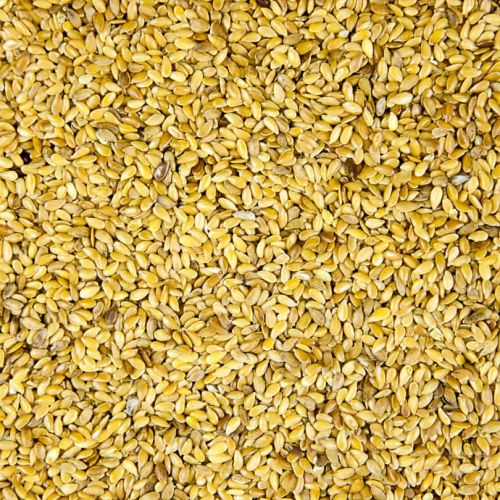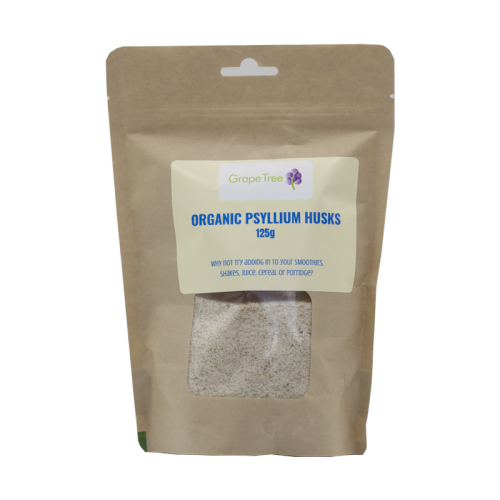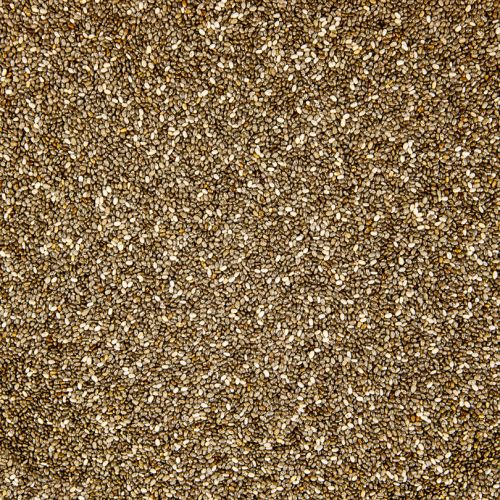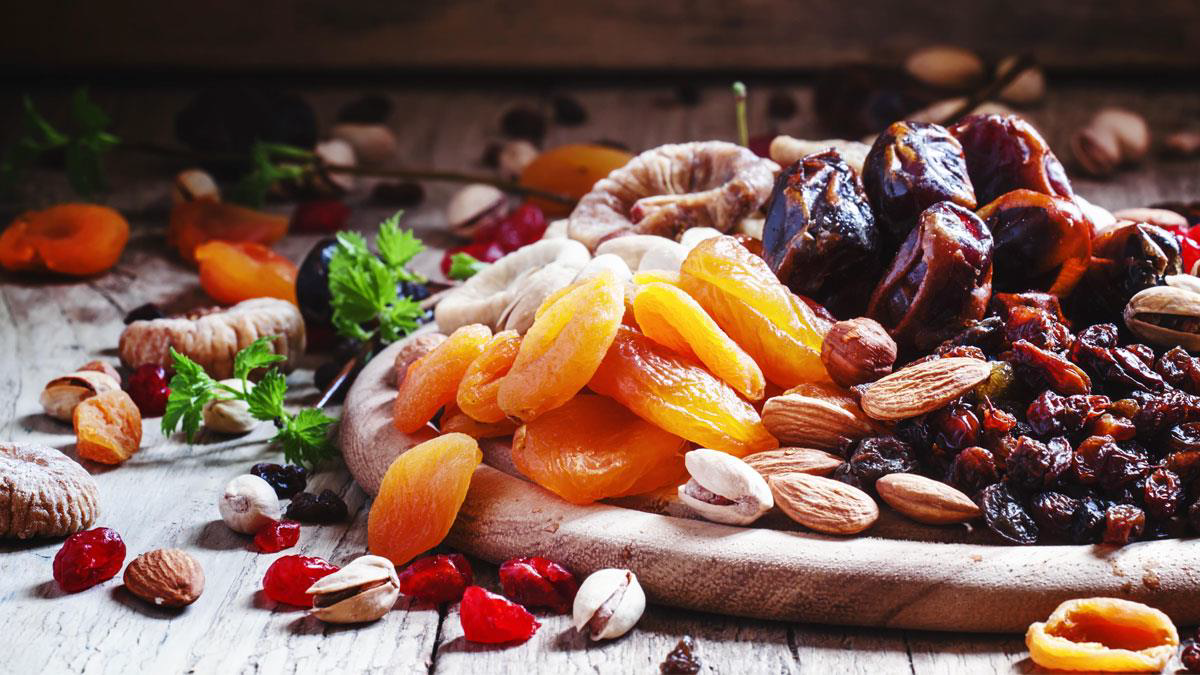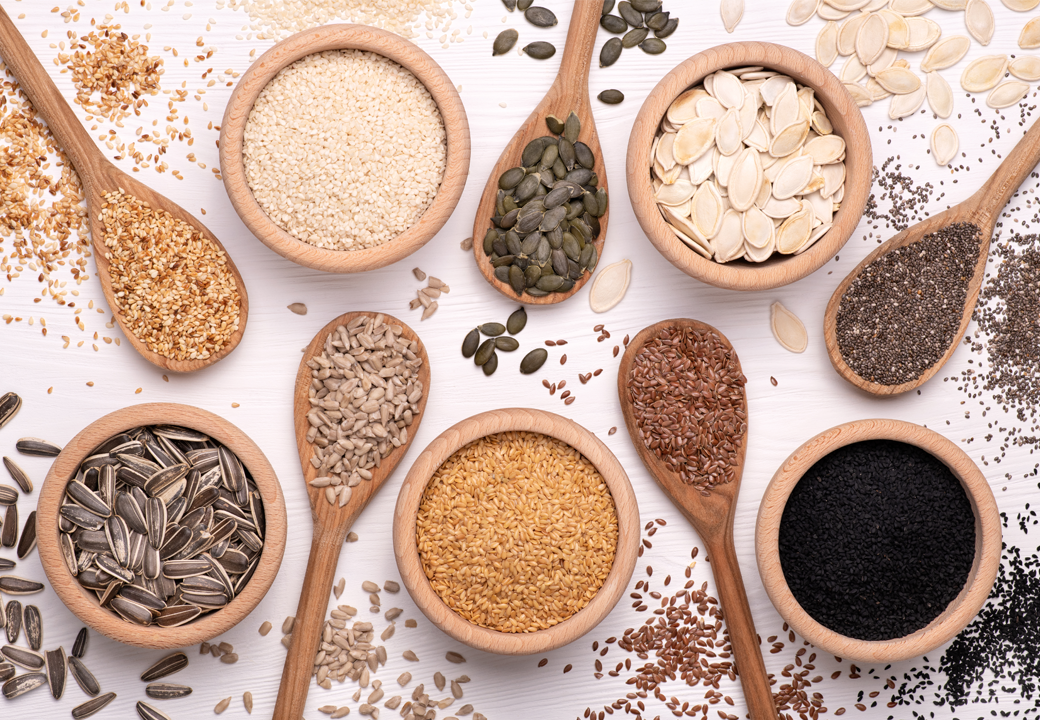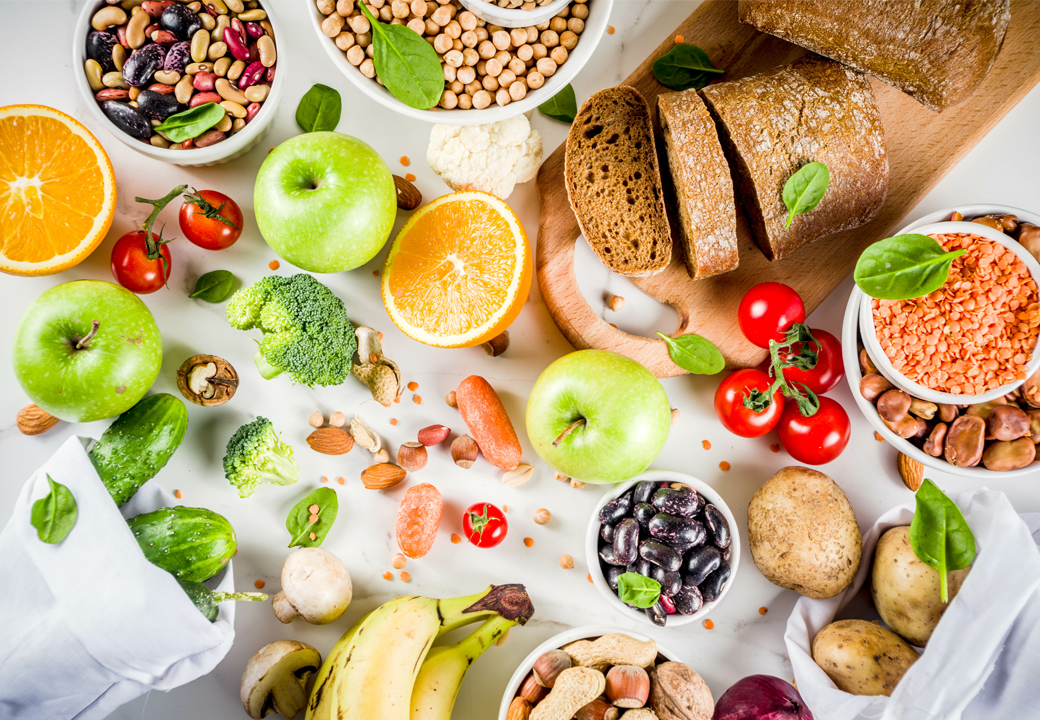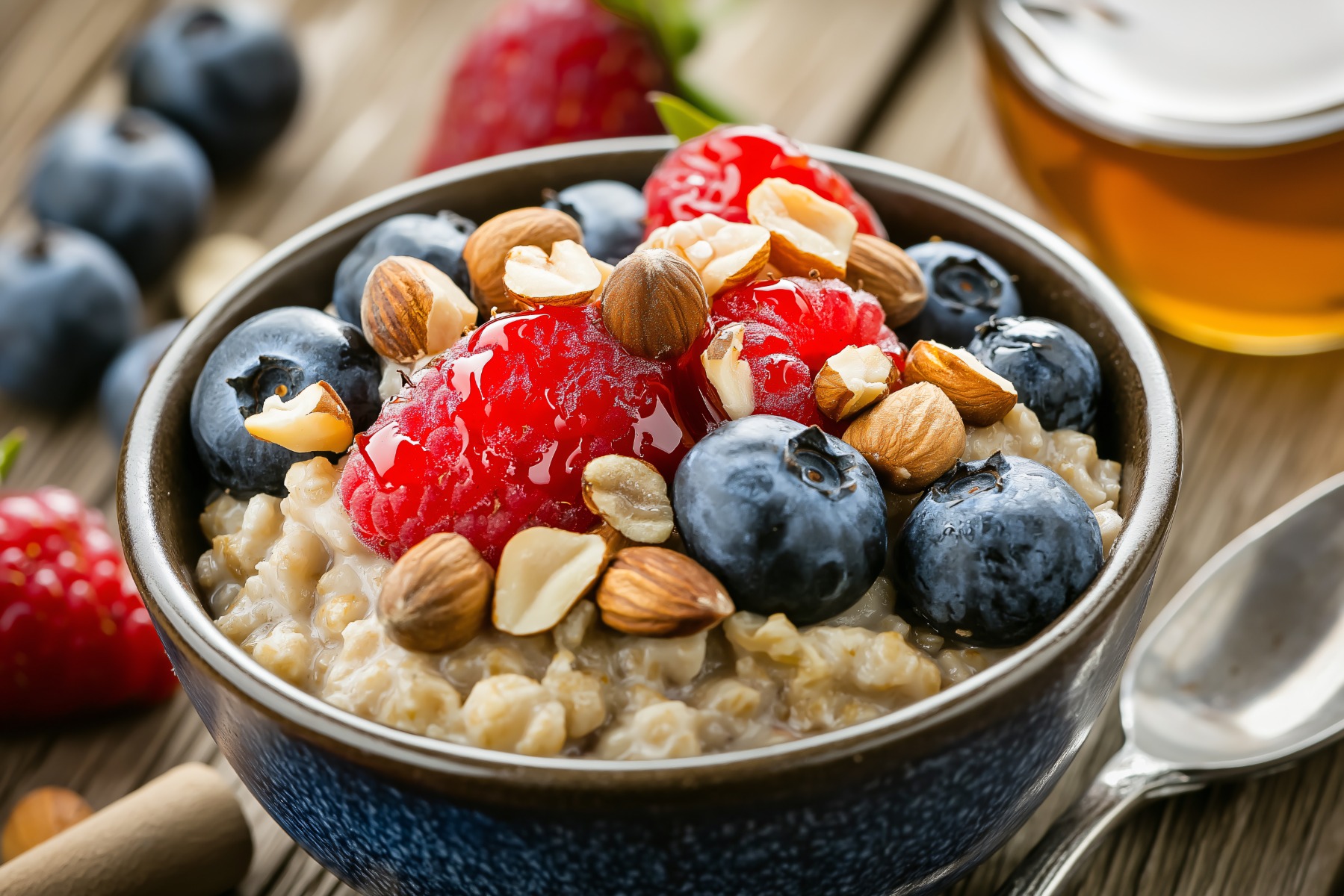

Photo Credit: "© [Marut] / Adobe Stock
How natural remedies can help a sensitive yet common condition.
It’s an awkward subject that’s rarely addressed in polite conversation, but constipation, according to the NHS, is common and affects people of all ages.
While the benefits of castor oil, prunes, oat bran and inulin powder are widely known, there are other natural remedies that can assist with this sometimes embarrassing medical condition.


Photo Credit: "© [Artgalax] / Adobe Stock
Some of the most successful natural laxatives come in small, even tiny, packages.
The little chia seed is particularly high in fibre and is among the best foods that may promote a healthy digestive system. A 28g (one ounce) serving offers close to 10g of dietary fibre, so it’s more than one third fibre by weight.
The similarly small golden linseed (flaxseed) has also been reported to be extremely effective in relieving constipation when served in flour form in baking and other foodstuffs. This tiny seed is also known to contain a good mix of both soluble and insoluble fibre. Both are essential for digestive function and do not cause a spike in blood sugar levels. Equally important to an effective digestive system is hydration.
Research from Brazil has indicated that low water and fluid intake can be linked to constipation in children and adolescents. So, it pays to consider daily fluid intake carefully.
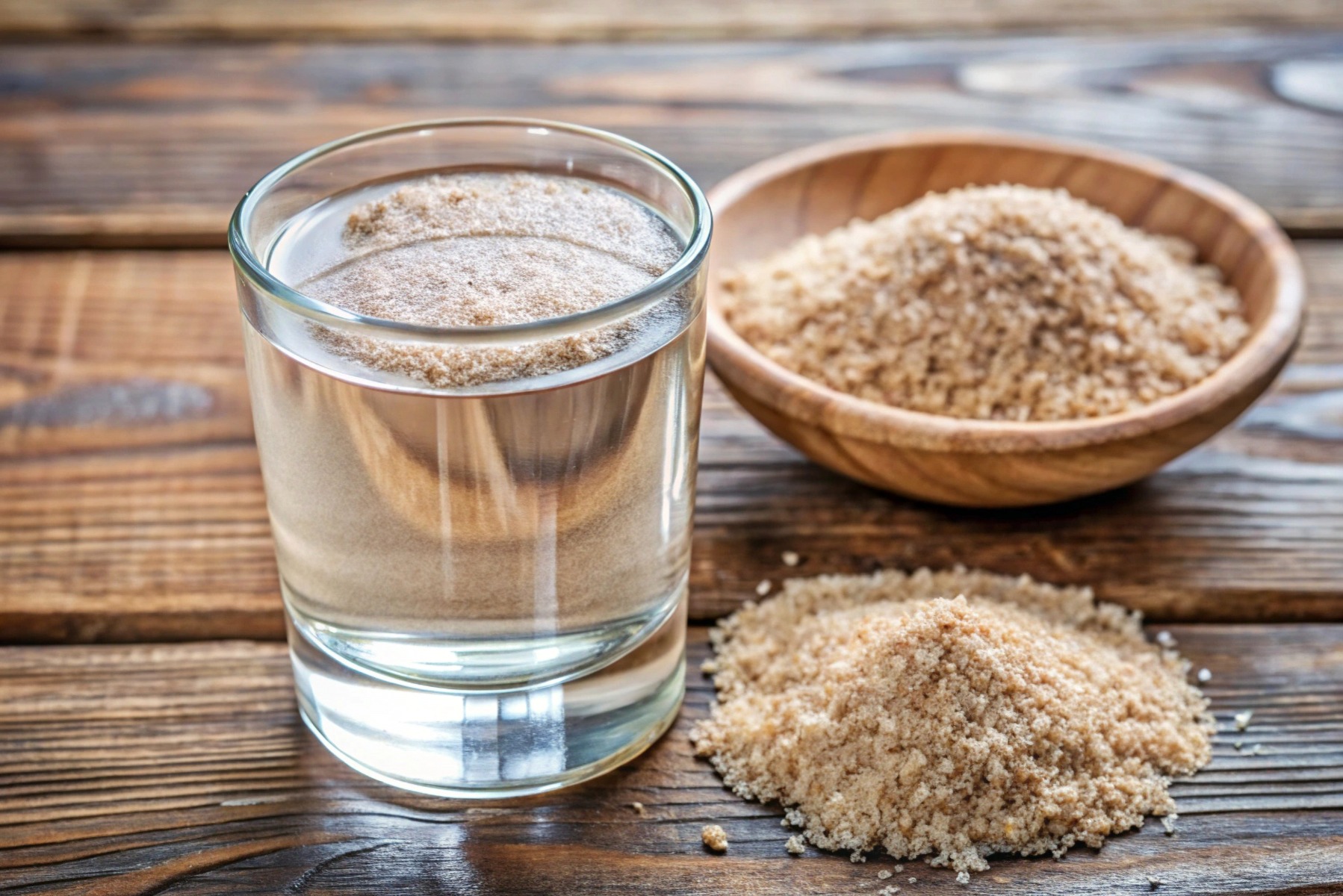

Photo Credit: "© [Miraz] / Adobe Stock
Beans, chickpeas, lentils, peas and peanuts are also high in fibre and can assist with symptoms as well as the body’s production of butyric acid, recognised for many years as a natural laxative.
For more information, please visit www.nhs.uk and search for the Health A to Z. There is separate advice for this condition for babies and children.
How to fit fibre in every day
As with all foods, ensuring we eat a wide variety of fibre sources is the best way to support a healthy diet. Here’s how to make fibre part of your daily routine.
Breakfast
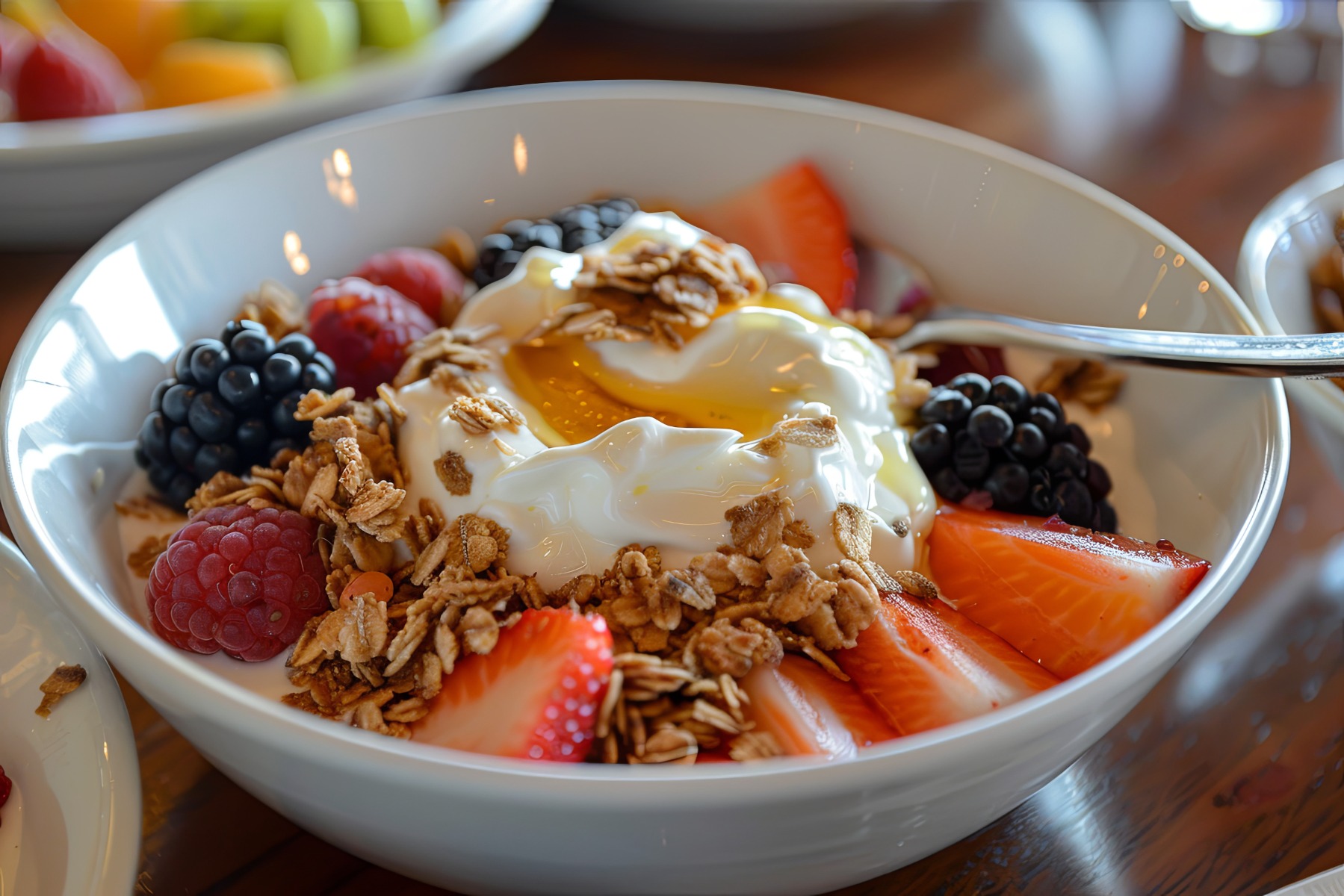

Photo Credit: "© [Emanuel] / Adobe Stock
Overnight oats, chia seeds and high-fibre cereals are the perfect start to any day. Whole grains or a healthy bowl of porridge can provide a significant amount of fibre and offer a range of options throughout your week.
Snack
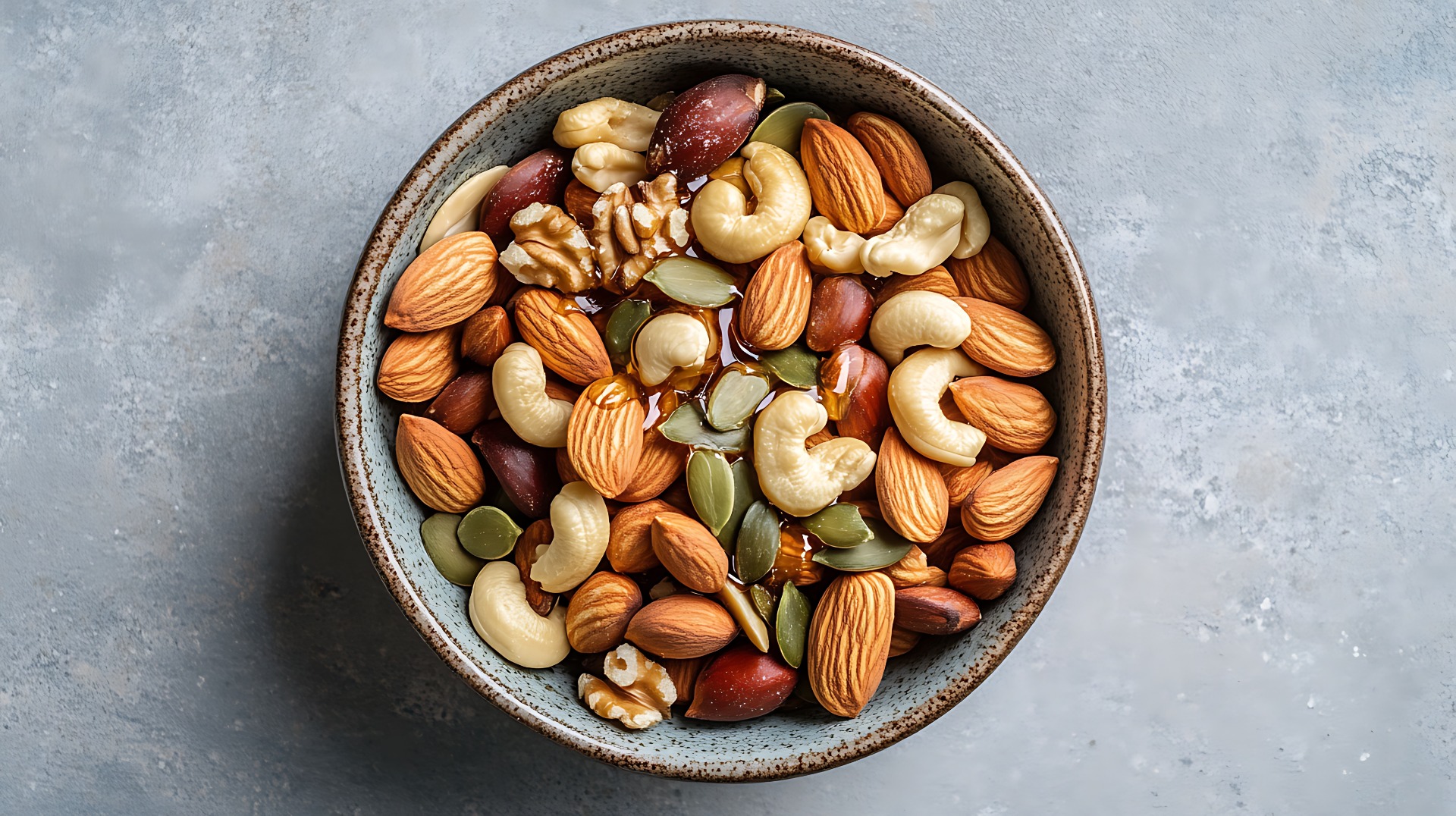

Photo Credit: "© [Jack] / Adobe Stock
A small handful of nuts offers a host of health benefits, including around 4g of fibre. Just make sure they are unsalted and have no added sugars.
Lunch
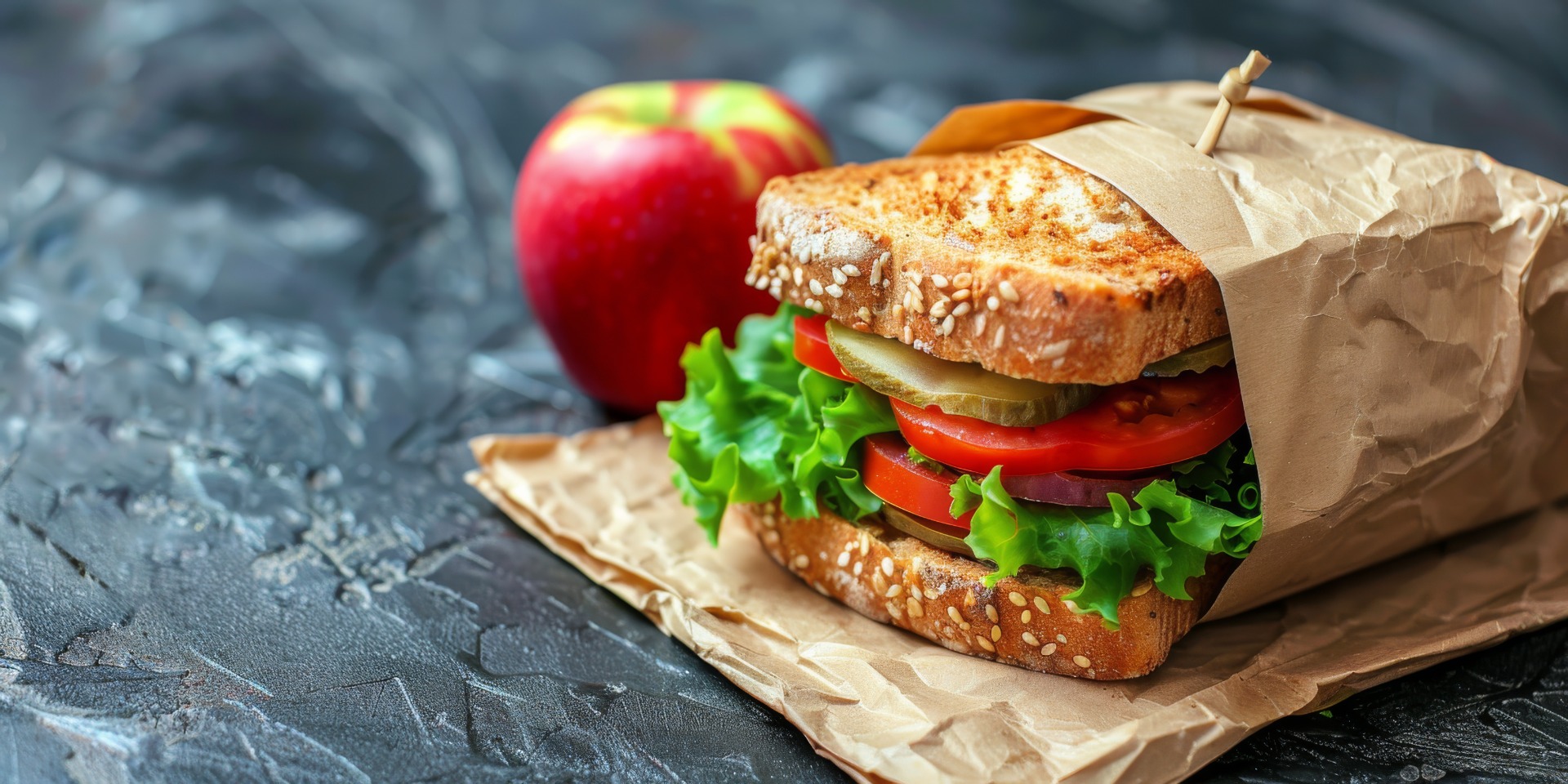

Photo Credit: "© [homeganko] / Adobe Stock
A wholemeal or granary bread, or higher-fibre white bread, gives your lunchtime sandwich a fibre boost, especially if it is piled high with a nut butter of your choice. Don’t forget, however, that you could opt for a wholewheat pasta, bulgar wheat or brown rice as an alternative. A simple baked potato with half a can of low-salt and low sugar baked beans, followed by an apple or dried fruit, can give you up to 15g of fibre in one sitting.
Dinner
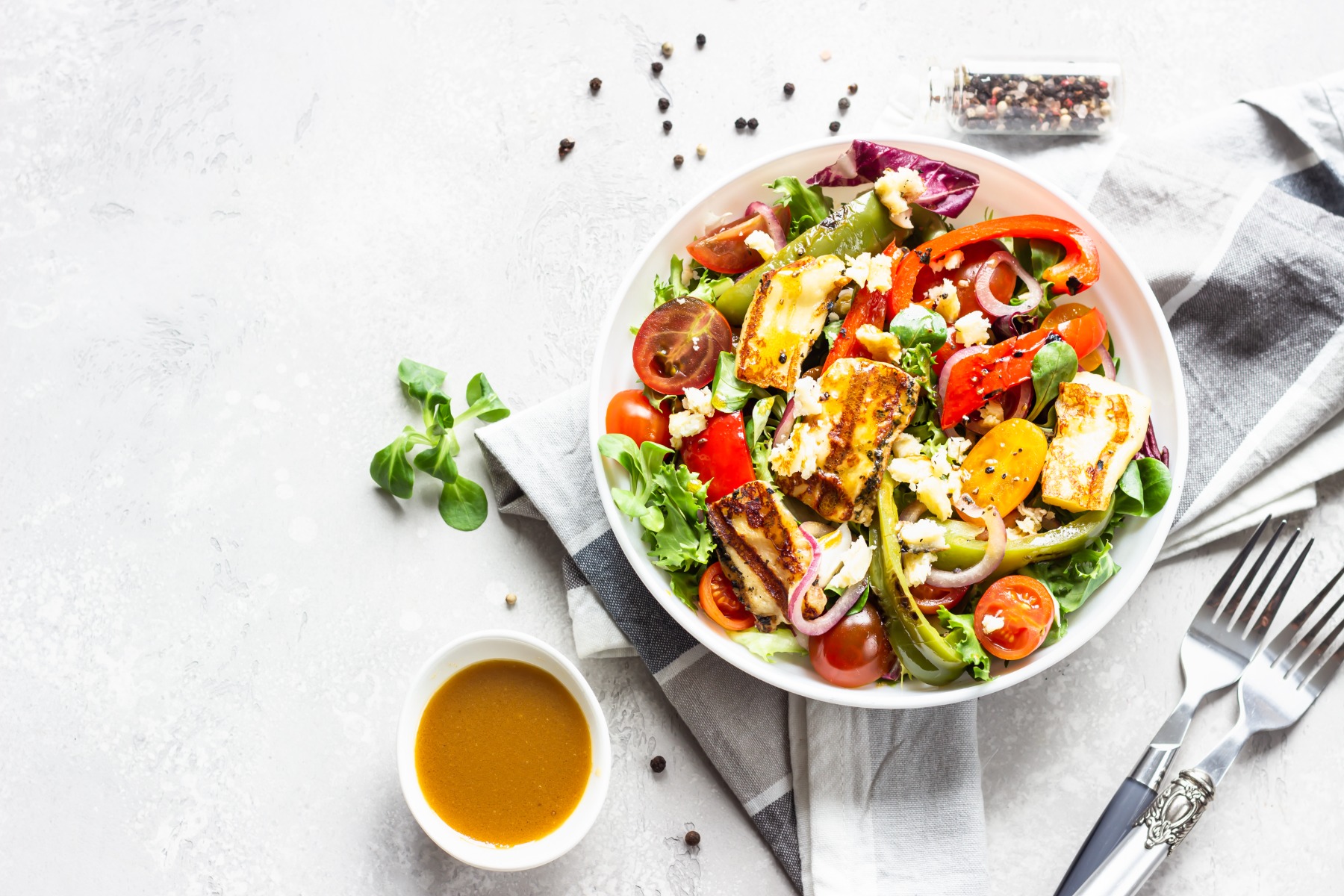

Photo Credit: "© [valentinamaslova] / Adobe Stock
Stews, curries and salads can all be given a fibre boost by adding beans, lentils and chickpeas. Include lots of fresh vegetables in your evening meal, and don’t forget that dessert can also increase your fibre intake. Fresh or dried fruit or, even, fruit canned in natural juices can all add to the day’s fibre round up. For example, a mixed vegetable curry with a tomato base served with boiled wholegrain rice can provide 9g of fibre.
